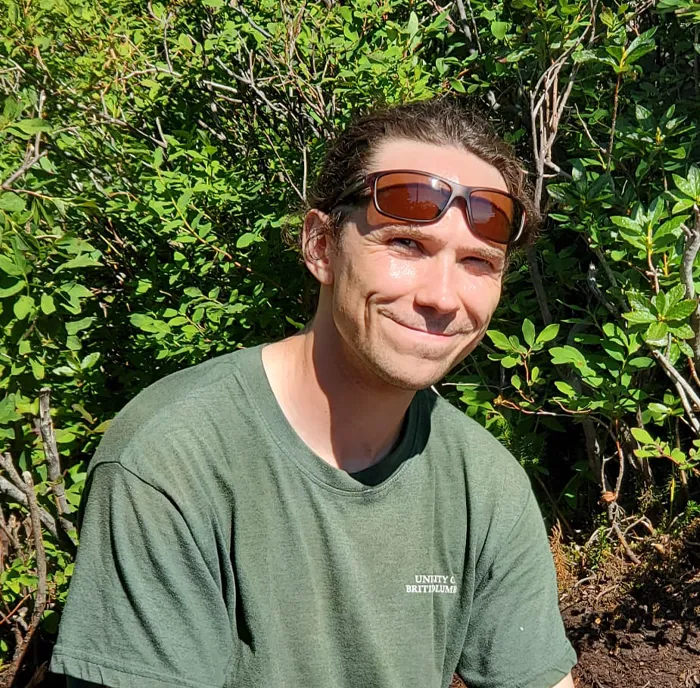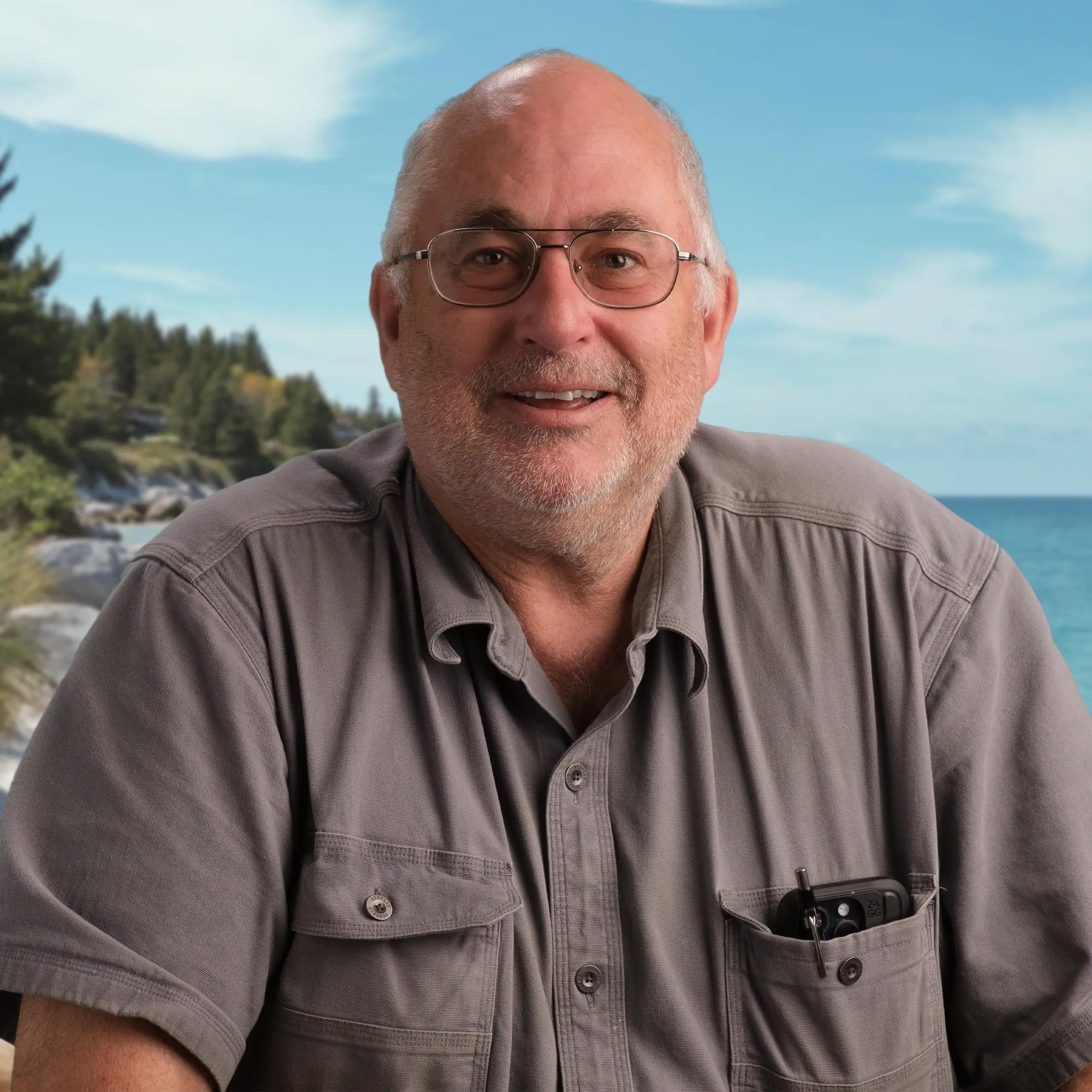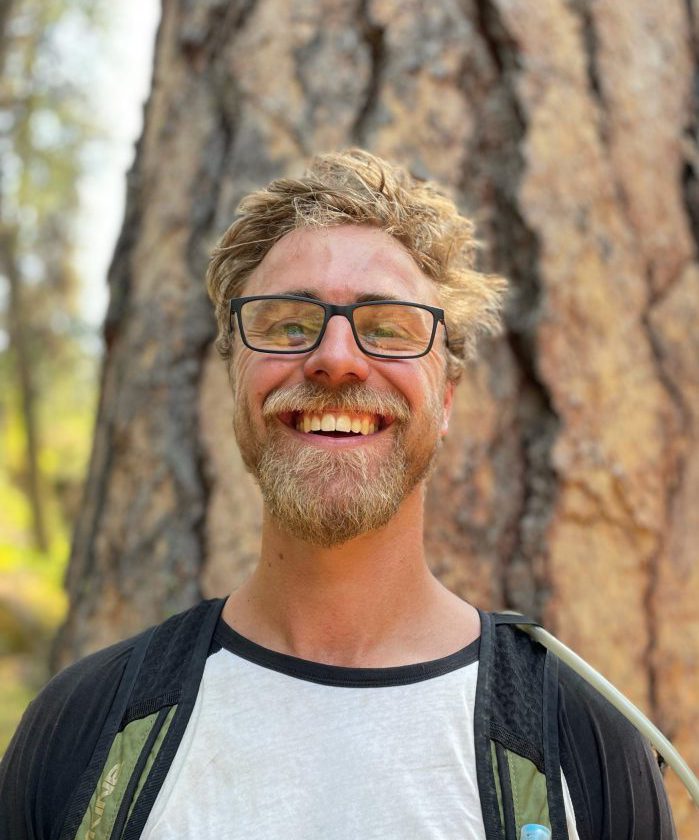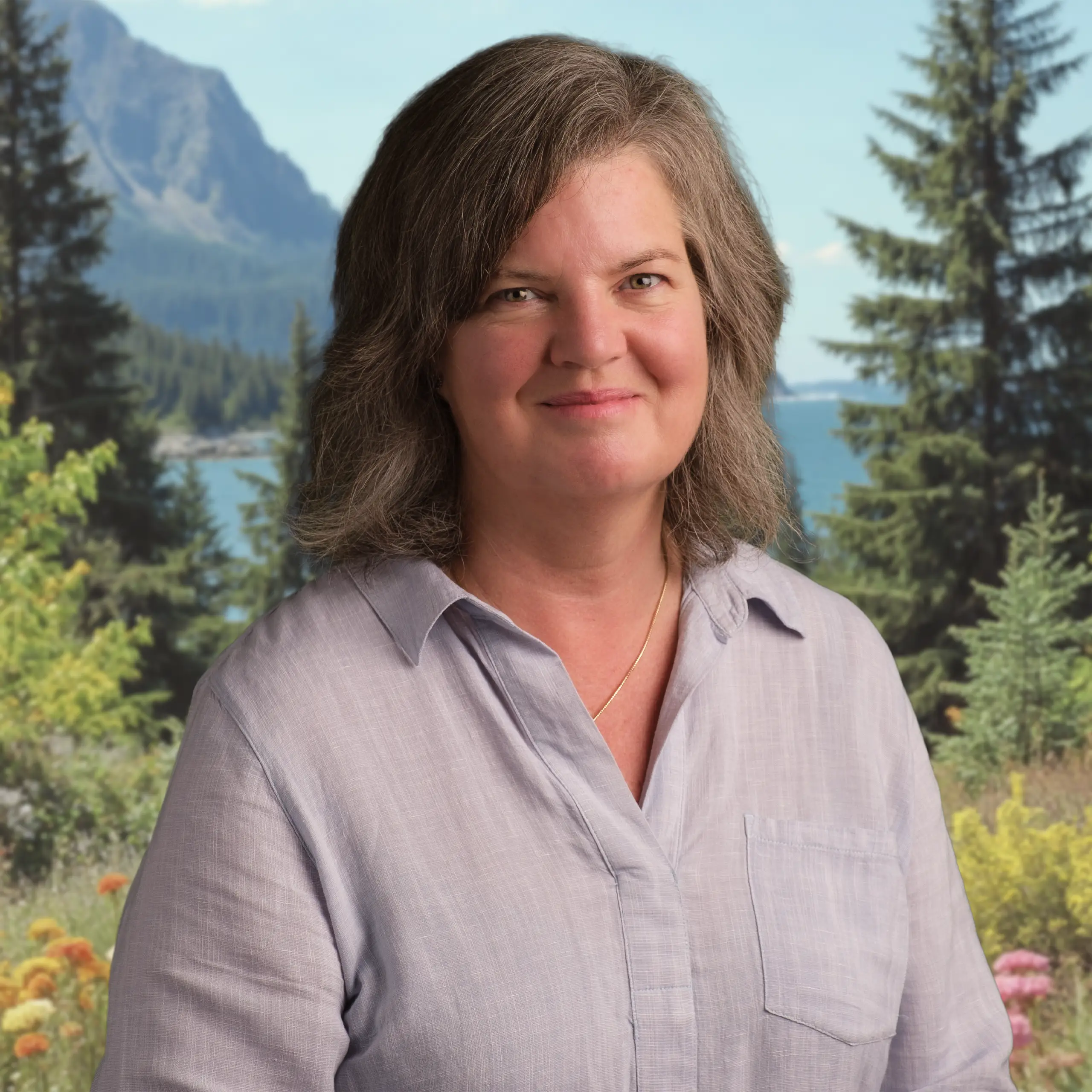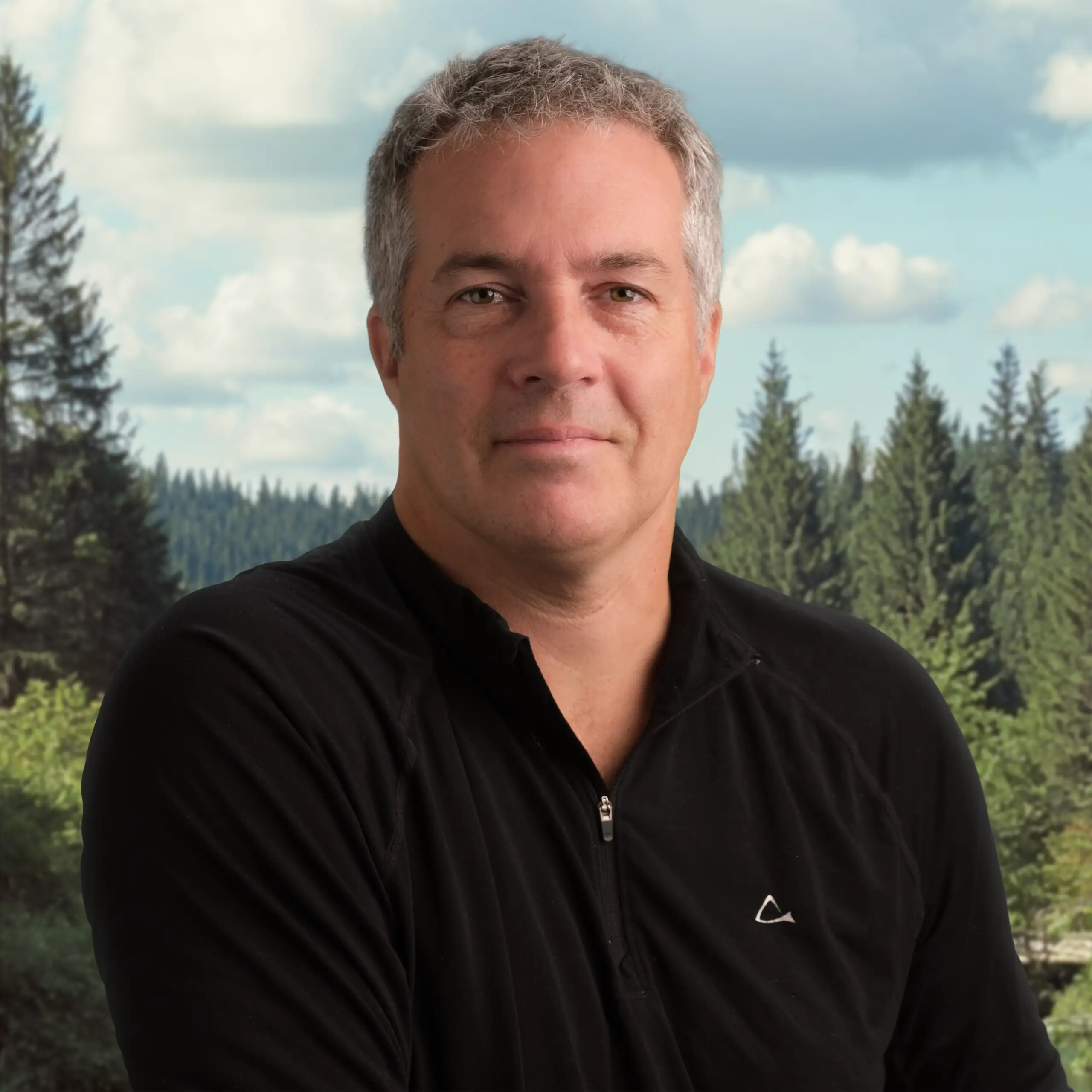Statement on the Stanley Park Forest Management Project
Since 2019, Stanley Park’s forested area has been increasingly affected by a western hemlock looper outbreak, which has impacted up to 160,000 trees. In 2022, the Vancouver Park Board commissioned an assessment to understand the risk to public safety, and long-term wildfire risk, posed by the looper-impacted trees. My company, B.A. Blackwell & Associates Ltd., was selected through a competitive process to conduct this impact assessment.
We have worked with the Park Board for nearly two decades on a number of projects in Stanley Park, including the response to the 2006 windstorm that damaged more than 40 hectares of forest and 10,000 trees. As a result of the restoration work, we are able to see the success of how those regeneration efforts have helped Stanley Park’s forest recover from the windstorm blow-down.
We have also successfully managed other similar hemlock looper-damaged forests, completed assessments, built prescriptions and implemented treatments in important green spaces, such as Lynn Headwaters Regional Park (Metro Vancouver) and Windridge Park (District of North Vancouver). Remediation has been completed or planned in these areas to safeguard people, nearby homes, facilities, schools, and infrastructure.
From the very beginning, the primary focus of the Stanley Park forest management project remains on the safety of the millions of people who visit Stanley Park each year. Although up to 160,000 trees were identified as having been impacted by the western hemlock looper, only a fraction of these trees were deemed hazardous enough to be removed.
In Phase 1 of this project, which ran from October 2023 to March 2024, fewer than 8,000 trees were removed and 25,000 were replanted. Prior to removal, each tree was carefully assessed by an ISA Certified Arborist and Tree Risk Assessor to confirm the tree was hazardous, and that removal was necessary to protect public safety and park infrastructure from falling tops, branches and stems. Those 25,000 newly planted trees are already beginning to establish a robust and resilient forest for generations to come, much like the restoration tree planting following the 2006 windstorm.
Stanley Park holds a special place in the hearts of many, and we want nothing more than to see it thrive for future generations. Our team includes some of the most experienced professionals in forestry, arboriculture, ecology, and biology. Together, we’ve developed a plan grounded in the best available science, informed by years of experience working in Stanley Park and throughout the province.
Based on our experience and expertise, we believe the path we’re on is the best one for the long-term health and resilience of this beloved green space. Whether you are driving through the causeway, biking along the seawall, or walking along the trails, public safety remains our top priority. We’re grateful for the opportunity to help protect and nurture this iconic park alongside the people who love it.
We encourage anyone interested in learning more about the project to visit the Park Board’s Stanley Park forest management webpage for the most current information.
Bruce Blackwell, M.Sc., Registered Professional Forester, Registered Professional Biologist
Principal, B.A. Blackwell and Associates Ltd.

